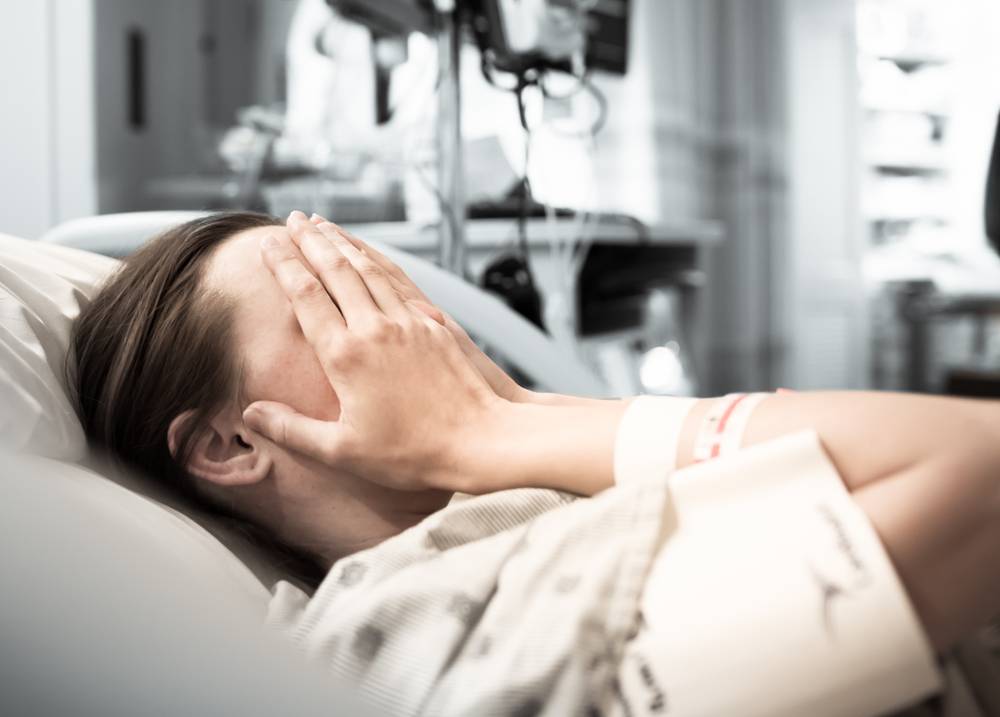In the vast spectrum of medical anomalies, stroke stands out as one of the most feared and frequently misunderstood conditions.
While the world may be well-versed in the commonly broadcasted symptoms—like facial drooping, arm weakness, and speech difficulties—the narrative becomes murkier when gender-specific manifestations come into the spotlight.
Recent studies suggest that women, who not only face a higher lifetime risk of suffering a stroke but also exhibit unique premonitory signs, are often misdiagnosed due to these atypical symptoms. This article delves deep into the subtle and frequently overlooked signs of stroke in women, elucidating the importance of individualized medical understanding and responsiveness.
Understanding the Gender Gap in Stroke Recognition
Medical research has traditionally centred predominantly around male subjects, inadvertently side lining the specific health concerns and manifestations in women. This gender bias has resulted in a knowledge gap, leaving many women vulnerable to delayed or missed diagnoses, especially when it comes to conditions like stroke.
Many women may not experience the telltale signs of a stroke, such as dramatic numbness of the face or slurred speech. Instead, they may experience symptoms that healthcare providers can easily dismiss or misattribute to other conditions. Examples of these symptoms include sudden behavioural changes, hiccups, nausea, shortness of breath, or even generalised fatigue.
The brain’s complexity means that the area affected by a blockage or bleed can lead to a myriad of symptoms, some of which are gender-specific. Hormone fluctuations in women, for instance, can interact with vascular functions, leading to nuanced symptoms.
Furthermore, we must consider the emotional and psychological dimension, as many women are socialised to downplay their symptoms, attributing them to stress or other routine factors. This can crucially delay their seeking of medical attention.
Taking Action: Empowerment through Awareness
Raising awareness about these unique symptoms is the first crucial step towards reducing misdiagnoses. Both the public and medical practitioners need to be educated on the broad range of stroke symptoms. Women should be empowered to trust their instincts and advocate for their health, especially when they feel that something is amiss.
Regular health check-ups, understanding one’s own risk factors, and being vigilant about any unusual health changes are essential. Early detection and prompt medical intervention can significantly reduce the devastating effects of a stroke.
Beyond the well-known signs like facial drooping, we uncover a myriad of less-obvious symptoms that may manifest in women during this critical even:
Facial Deviations Beyond the Obvious
While facial drooping is a recognised symptom of stroke, some women may exhibit rapid twitches or unusual facial expressions during an episode.
Visionary Anomalies Unique to Women
Fewer than 1 in 4 women identified sudden dimness or loss of vision (18%) as a warning sign of stroke.
Breathing Issues and Sudden Fainting
Breathing issues and sudden fainting, though less commonly associated with stroke, can serve as silent signals in women’s stroke presentations. Recognising these subtle symptoms is crucial for timely diagnosis and improved outcomes in female stroke patients.
Behavioural Changes as Uncommon Signs
Some women are significantly more likely to experience a change in mental status compared to men during a stroke, potentially including behavioural changes. This underlines the importance of recognizing and studying such behavioural variations to aid in prompt diagnosis and appropriate treatment.
General Fatigue Over Localised Weakness
While there is a lack of specific data on general fatigue as an uncommon stroke symptom in women, it should not be overlooked. Fatigue could be a subtle yet vital indicator of a stroke episode in some female patients.
Persistent Hiccups as a Warning
Hiccups preceding certain symptoms could be an indicator of underlying issues, and in women, they might occur before the onset of stroke-related symptoms.
Other Uncommon Symptoms
Women may experience unique symptoms such as nausea, vomiting, headache, dizziness, and cognitive dysfunction more often than men during a stroke. However, the sensitivity and specificity of these symptoms have not been directly assessed in studies. This highlights the need for tailored assessment tools that can effectively measure these unique symptoms in women.
Awareness and Recognition
Research suggests a delay in recognising these unique stroke symptoms in women, which is associated with delayed treatment and misdiagnoses. Improving the recognition of these symptoms is crucial for minimising these issues and ultimately improving patient outcomes.
Stroke symptoms in women extend beyond the obvious, calling for a more comprehensive understanding of their unique presentation. Gender-specific research is imperative to identify, recognise, and treat strokes effectively in women. By acknowledging and studying these nuanced symptoms, we can take significant steps toward timely diagnosis and better outcomes for female stroke patients.
References
- Beal CC. Gender and stroke symptoms: a review of the current literature. J Neurosci Nurs. 2010 Apr;42(2):80-7. PMID: 20422793.
- Colsch R, Lindseth G. Unique Stroke Symptoms in Women: A Review. J Neurosci Nurs. 2018 Dec;50(6):336-342. doi: 10.1097/JNN.0000000000000402. PMID: 30334864.
- Mochari-Greenberger H, Towfighi A, Mosca L. National Women’s Knowledge of Stroke Warning Signs, Overall and by Race/Ethnic Group. 2014 Mar 19. https://doi.org/10.1161/STROKEAHA.113.004242Stroke. 2014;45:1180–1182

